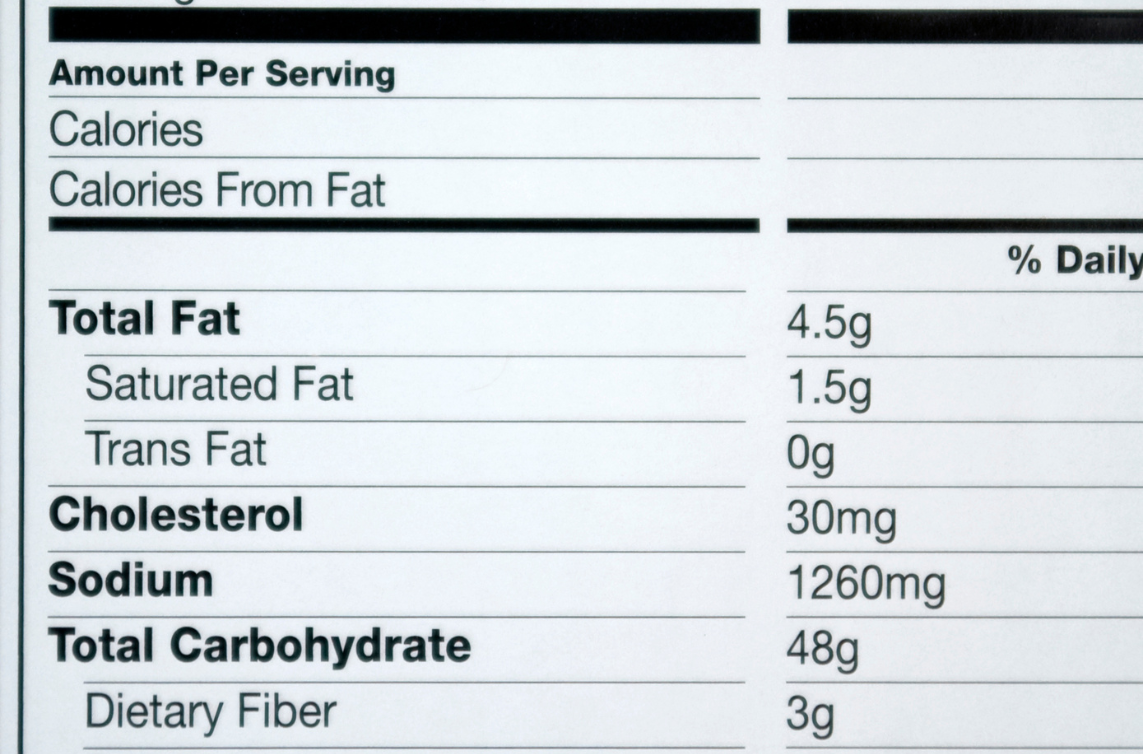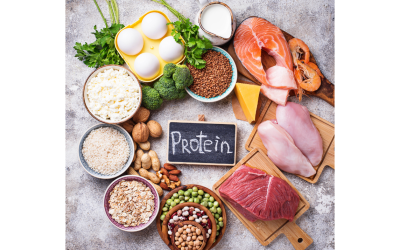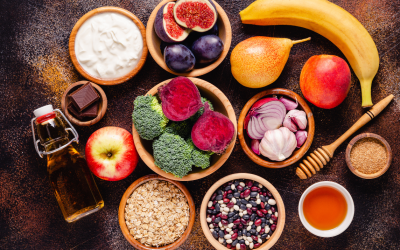Do you get completely confused about what to look at on the food label for your diabetes?
Well considering the large number of products today, so much information on the packages and the confusing news reports, how could you NOT be confused? Hopefully the answers to these 3 questions will help you save some time and confusion when food shopping.
What would your answers be to these 3 questions?
1. What’s the one place on the Nutrition Facts box you should always check?
2. What information do most people never read that can really tell you how healthy the food is?
3. What is YOUR most important nutrient to look at for YOUR health concerns?
You might hear different answers from others but here are my recommendations:
1. Always check the serving size.
Why? Because all of the nutrition information in the Nutrition Facts is based on that serving size. So if you eat 3 of those servings you need to triple the calories, carbs, etc.
2. Most people never look at the ingredient list.
Why should you? Well if you want to know if there are a lot of mystery ingredients are in the food or if it actually is as healthy as it claims that is an important place to look. As you may know the largest amount ingredients list first and then go in order from most to least. If you want to whole grains you need to make sure “whole” is actually in the ingredients. Why would you want the whole grain? You get more nutrition and fiber. I try and choose foods with minimal ingredients when possible, especially minimal additives, preservatives and dyes.
3. To save time and confusion focus on 1 or 2 nutrients.
Do you look at everything on the label? Do you look at calories, carbs, fat and sodium?
Instead of looking at everything, focus on 1 or 2 things.
• If you are concerned about blood sugars focus on Total Carbohydrates.
• If you are trying to lose weight focus on calories and/or carbohydrates.
• If you have high LDL cholesterol you want saturated fat to be lower and fiber higher.
• If you have been told to avoid salt then look at the sodium.
Try these basic guidelines I use in my food shopping.
• To fight diabetes and other chronic disease, cutting down on processed foods and gradually replacing them with more whole foods can really help reduce inflammation. You also won’t need to take time to read labels on unpackaged foods!
• What about sugars? I have not found it helpful to look at the sugars listing under the Total Carbohydrates since they are already counted in the Total Carbohydrates.
• What about sugar alcohols and artificial sweeteners? Sugar alcohols are ingredients like sorbitol, xylitol and maltitol. The body cannot absorb much of those, so you can subtract half that number from the total carbohydrate. My advice however is to keep intake of sugar alcohols and artificial sweeteners to a minimum. Eating too much of a food containing sugar alcohols may can have a laxative effect and some are sensitive to artificial sweeteners and get body aches and headaches.







0 Comments